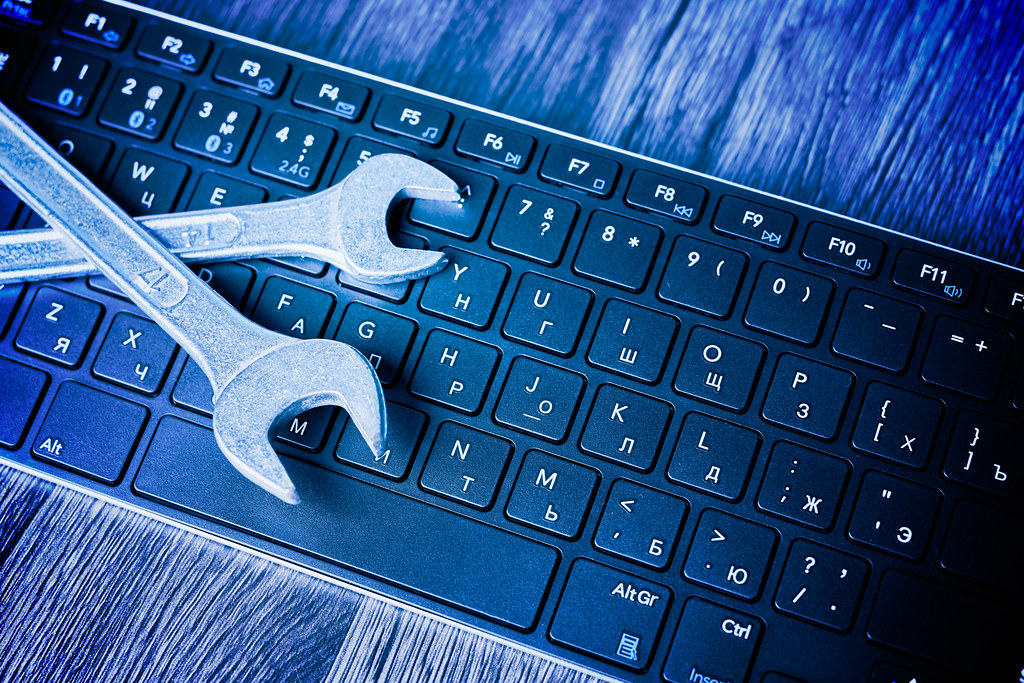In the era of digital dominance, PCs have become as essential as the air we breathe, playing pivotal roles in our professional, educational, and personal lives. However, like all electronic devices, PCs are prone to issues that can hinder their performance or cause them to malfunction.
While professional help is always an option, there are several simple repairs and maintenance tasks that you can perform at home. This guide will walk you through the basics of home pc repair in bakersfield ensuring you can keep your computer running smoothly without breaking the bank.
Understanding Your PC
Before you dive into repairs, it’s crucial to have a basic understanding of your PC’s components and how they work together. The core components include the Central Processing Unit (CPU), motherboard, RAM (Random Access Memory), storage devices (HDDs or SSDs), power supply unit (PSU), and the graphics processing unit (GPU) for those who use their PC for gaming or graphic-intensive tasks. Familiarize yourself with these parts and their locations within your PC’s case to navigate them easily during repairs.
Tools You’ll Need
Equipping yourself with the right tools is the first step in DIY PC repair. Here are some essentials:
- Screwdriver Set: A set of Phillips and flat-head screwdrivers, preferably with magnetic tips to handle tiny screws.
- Anti-Static Wrist Strap: This tool prevents static electricity from damaging the PC components.
- Compressed Air Can: Dust accumulation can cause overheating; compressed air helps clean hard-to-reach areas.
- Thermal Paste: Necessary for CPU or GPU repairs to ensure effective heat dissipation.
Basic Troubleshooting Techniques
Power Issues
If your PC doesn’t turn on, check the power connections. Ensure the power cable is securely plugged into both the PC and the outlet. If it still doesn’t work, try a different power cable or outlet. The issue could also be with the power supply unit (PSU); testing with a known good PSU can help diagnose the problem.
Overheating
Overheating can cause your PC to shut down unexpectedly or perform poorly. Dust buildup is a common culprit. Turn off your PC, open the case, and gently clean the dust using compressed air. Also, check if all fans are spinning and replace any that aren’t working. If the CPU is overheating, consider reapplying thermal paste.
Slow Performance
A cluttered hard drive can slow down your PC. Uninstall unnecessary programs, delete temporary files, and consider adding more RAM or upgrading to an SSD for better performance. Running a malware scan is also recommended to ensure your slow performance isn’t due to malware.
Advanced Repairs
Replacing Components
Components like RAM, HDDs/SSDs, and even the PSU are relatively easy to replace:
- RAM: Unlock the clips holding the RAM sticks in place, remove the old ones, and insert the new ones until the clips lock in place.
- Storage Devices: Unscrew the old device, disconnect it, and replace it with the new one. Make sure to properly connect the SATA and power cables.
- PSU: Disconnect all cables from the old PSU, unscrew it from the case, replace it with the new one, and reconnect the cables.
Always refer to your motherboard’s manual for specific instructions on replacing these components.
Software Repairs
Software issues can often be resolved without opening up your PC. Running system diagnostics, updating drivers, or restoring your system to an earlier point can resolve many issues. For persistent problems, a clean installation of your operating system may be necessary. Ensure you back up important files before attempting this.
Preventative Maintenance
Prevention is better than cure. Regularly cleaning your PC, keeping the operating system and drivers up to date, and monitoring system temperatures can prevent many issues from arising. Use software tools to check the health of your hard drive and test your memory for errors.
When to Seek Professional Help
While many PC issues can be resolved at home, some problems require professional expertise. If you’re dealing with complex motherboard issues, liquid damage, or data recovery from a failing hard drive, it’s best to consult a professional. Trying to fix these issues yourself can result in further damage or data loss.
Conclusion
DIY PC repair can be a rewarding experience, saving you money and extending the life of your computer. By understanding your PC’s components, equipping yourself with the right tools, and learning basic troubleshooting techniques, you can solve many common issues. Remember, preventative maintenance is key to avoiding problems in the first place. However, know your limits and don’t hesitate to seek professional help when needed. With this beginner’s guide, you’re well on your way to becoming a proficient DIY PC repair enthusiast.

